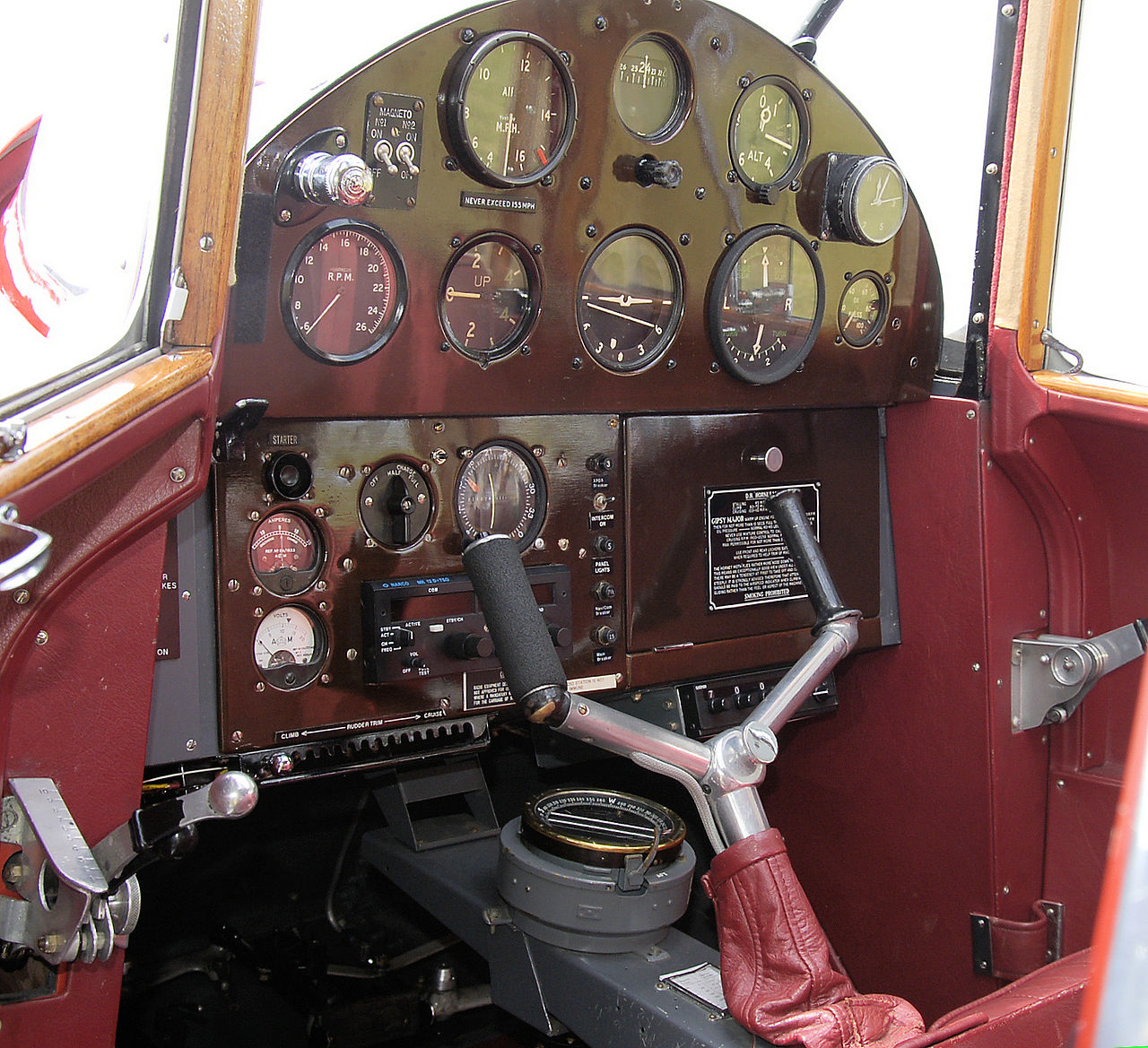
When I was young, I wanted to work at Disney. I wanted to run the rides. Mr. Toad’s Wild Ride. The Monorail. The Bobsleds. Or Pirates of the Caribbean. It didn’t matter to me. I just wanted to run the rides. There was just one problem. I was too tall. I didn’t think I was too tall. But as a teenager studying everything I could learn about Disney, I learned that I was too tall. To be a Disney Cast Member, you had to be within certain height and width dimensions. I was skinny enough. But I was two inches taller than their expectation. With a massive costume inventory, they didn’t want to have to build to every potential size. So if you were too short, too tall, too big or too small, you missed out.
There was a problem here with Disney designing their costumes to the average size. But they weren’t alone. During the 1950s there were problems going on with the United States Air Force. In the fast, turbulent world of flying, pilots couldn’t keep control of their planes. At its worst point, 17 pilots crashed in a single day. There were many people pointing blame at every element of this–with special blame going toward the pilots. But no one was really certain how to fix the problem.

One young lieutenant, Gilbert S. Daniels, was working as a junior researcher. He had never flown planes. In fact, his job was simply take measurements of the different pilots. He learned that researchers at Wright Air Force Base in Ohio measured more than 4,000 pilots on 140 dimensions of size. The belief was that finding the averages of all this would lead to a better fitting cockpit for the pilot. Daniels took on that assumption, trying to identify how many pilots fit perfectly the middle 30 percent of the range of values for the 10 most important dimensions. The expectation was that most would fall in that range, since they were already pre-selected based on size. So Daniels was very surprised when his studies showed that none of the pilots fit within all 10 dimensions of the average range.
There was no such thing as an average pilot.
The lesson here was that the military needed to create a flexible cockpit if it was going to provide the environment that best supported its pilots. It needed to fit the individual rather than the average. Those making airplanes balked at having to make adjustments to the cockpit, and said that doing so would dramatically increase the price. But the military insisted and they eventually came around to it. Many technologies we enjoy today such as the ability to adjust the seat in our car, comes from those technologies.
It comes down to this: Ban the average.
Todd Rose is a high school dropout turned Harvard faculty member. He takes those same ideas around the myth of average and applies them to the classroom. You can see his thinking and how it’s reshaping education in the following TED talk:
We blame the students, we blame the teachers, and we blame the parents. But how much of this is just bad design?
The point of all this is that average destroys talent. We must design beyond average and create the kind of flexibility that builds off the unique strengths that everyone brings to the table. That’s as true in the workplace as it is in the classroom, as it is in the cockpit.
For me, there was a blessing in not being able to fit into a Disney costume. I went on to college, got a bachelor’s degree and then a master’s degree. I got some important experience, and that combination allowed me to get a job at Disney mid-way in my career at a salary far above those who had gone up the Disney ladder incrementally. So my non-average height was literally one of my greatest blessings.
And Disney? They got smart. They learned to better embrace the diversity. Now costumes are designed to whatever the needs of the Cast Member are–even plus sizes. Whereas a few decades ago, you couldn’t be pregnant and be on stage at Disney, now you are free to enjoy whatever position you were originally cast for. Where once men were to drive the Jungle Cruise boat, and woman were to drive the Storybook Canal Boats, now either sex can run either attraction. Even women desiring to wear a hijab are given that option to dress in that way. Hopefully, that will allow even Disney to focus their hiring on people’s strengths, not on their averages.
